Forearm Tattoos
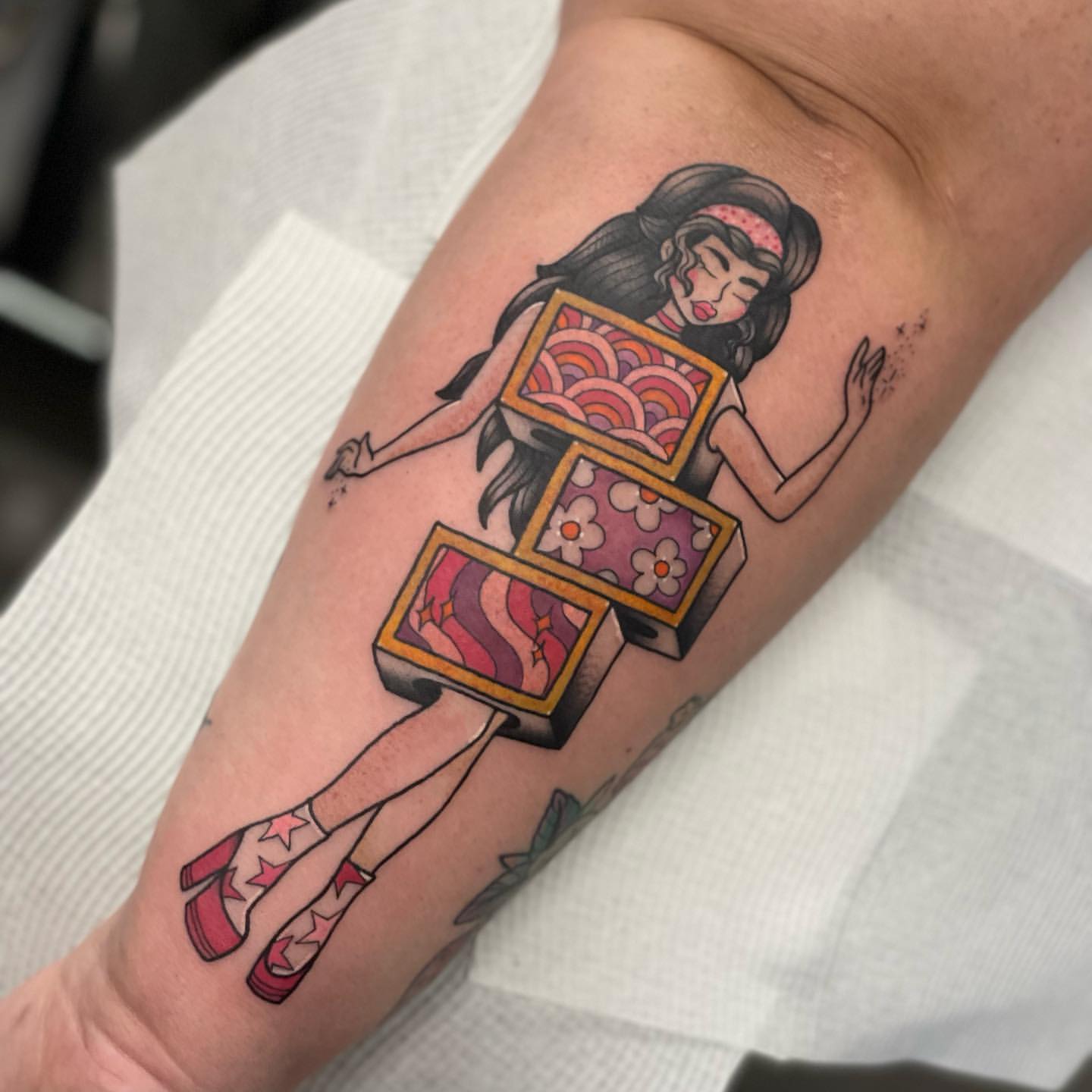
If you’ve been contemplating getting a tattoo, why not consider the forearm as your canvas? Forearm tattoos have become increasingly popular among both men and women, and there’s no wonder why. With their visibility and versatility, forearm tattoos allow you to express your individuality and showcase your personal style. From subtle and discreet designs to bold and elaborate masterpieces, this article explores the world of forearm tattoos, uncovering their significance and appeal in today’s modern society. Whether you’re a tattoo enthusiast or simply curious about this ever-growing trend, this article offers a captivating insight into the fascinating world of forearm tattoos.
Understanding Forearm Tattoos (please pin pics)
Forearm tattoos are a form of body art that involves getting inked on the skin of the forearm. This particular placement offers a larger canvas for tattoo designs as it covers the area between the wrist and the elbow. Whether you’re considering your first tattoo or adding to an existing collection, understanding the definition and parameters of forearm tattoos is essential.
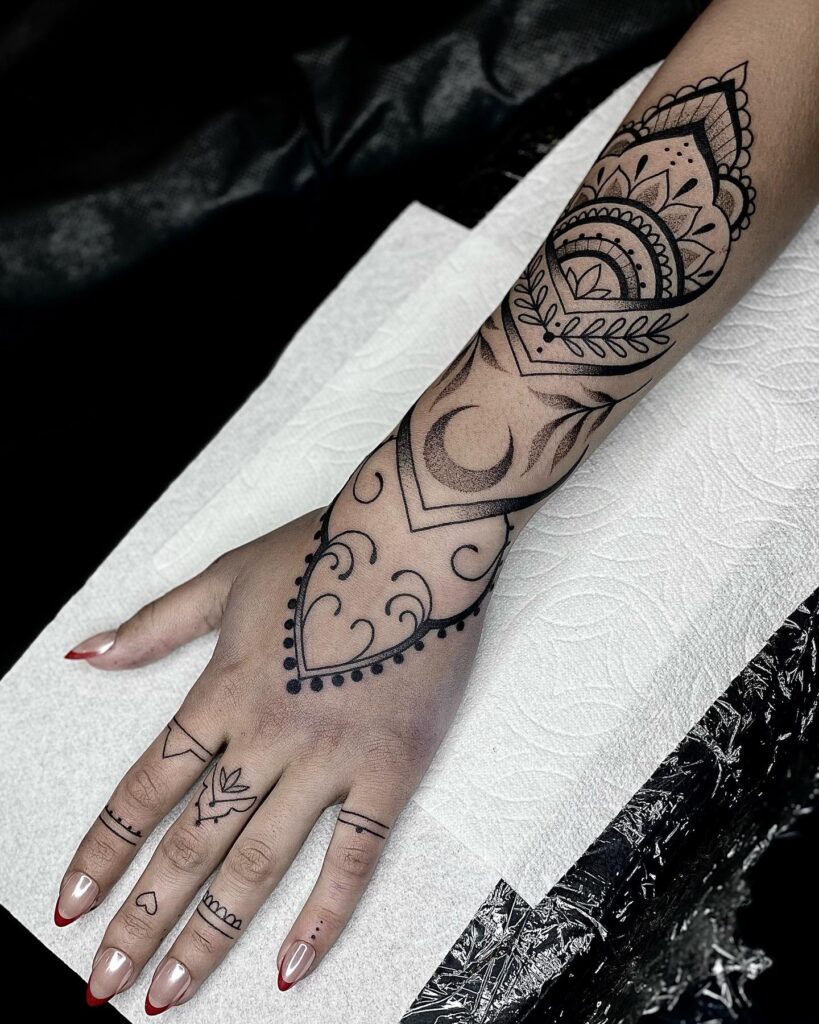
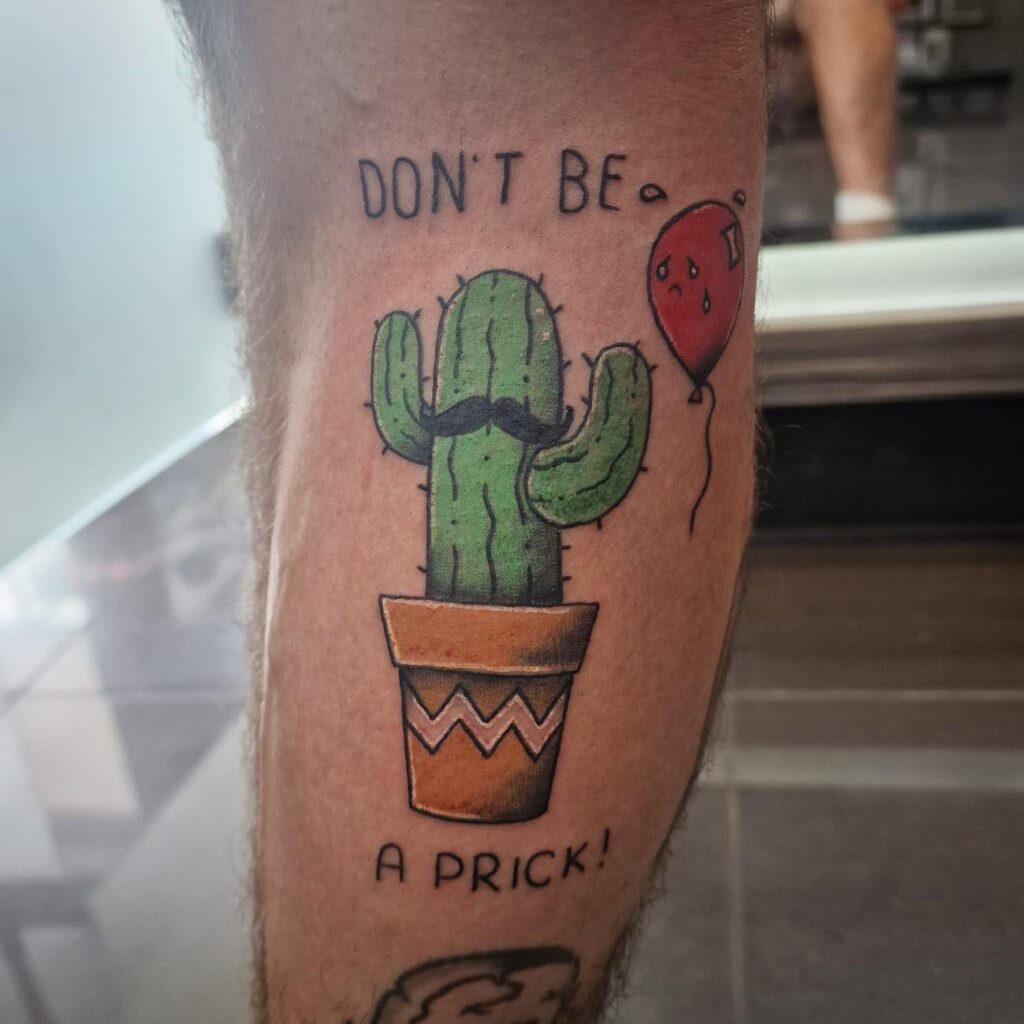

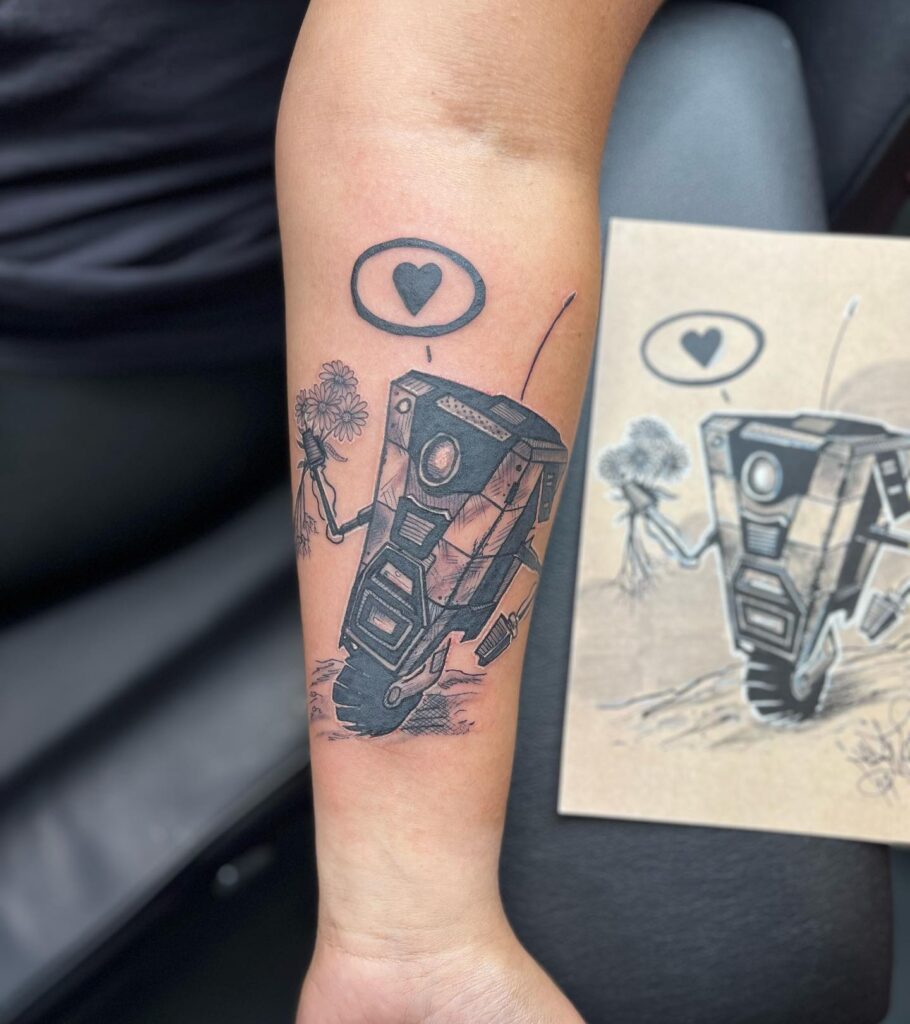
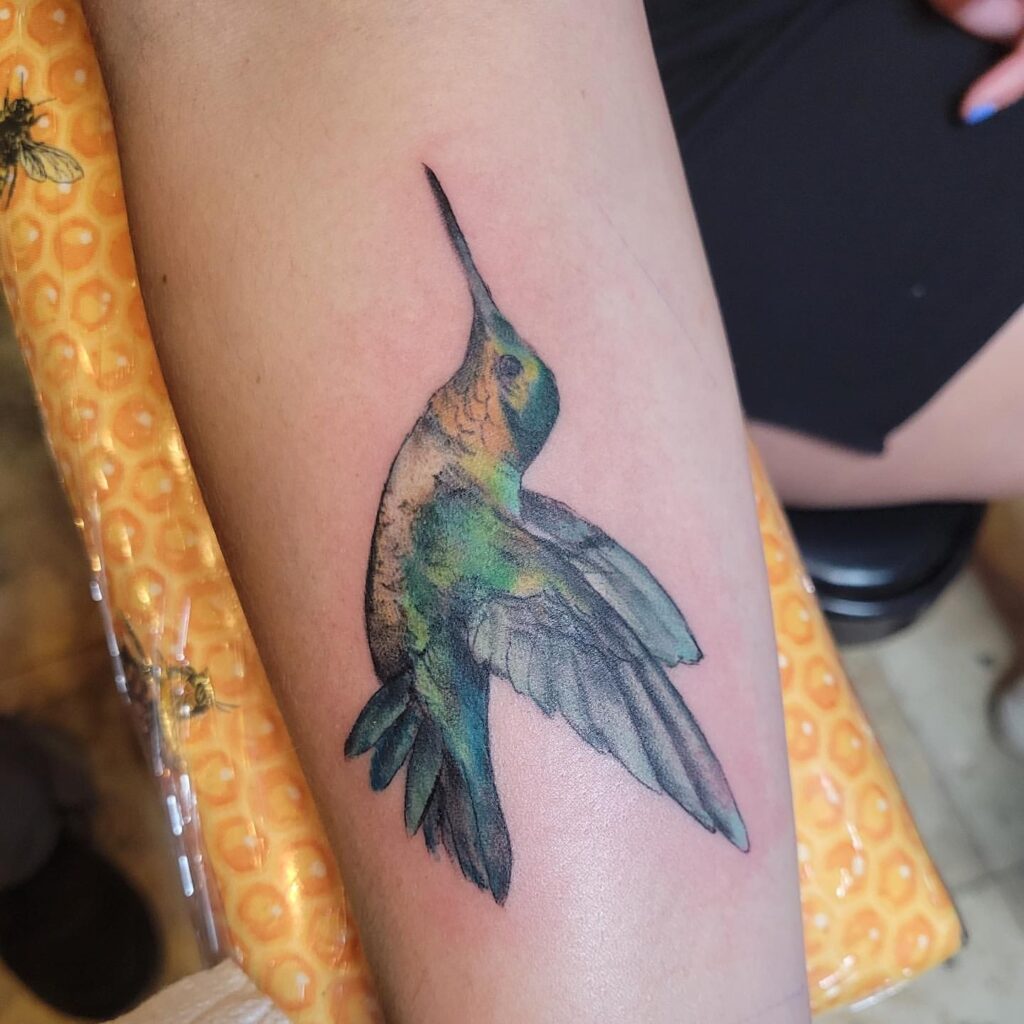
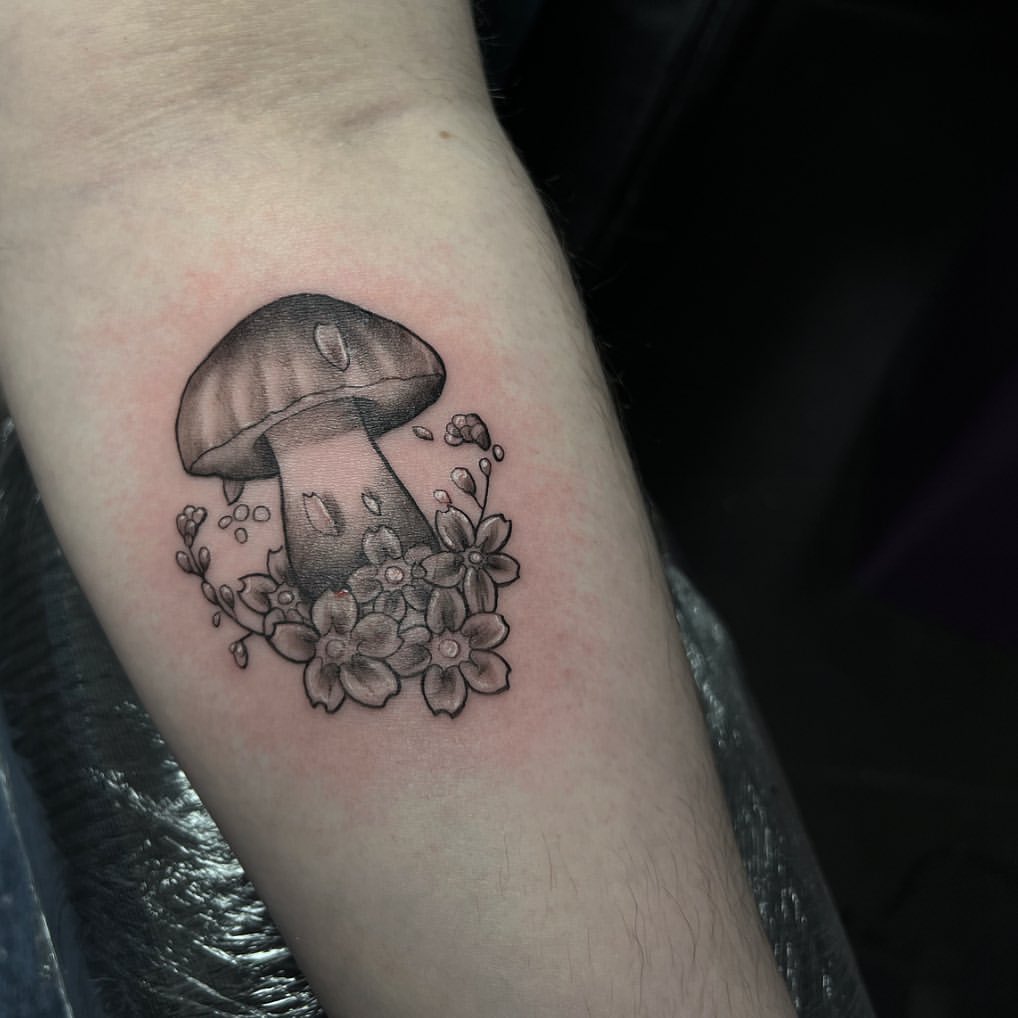
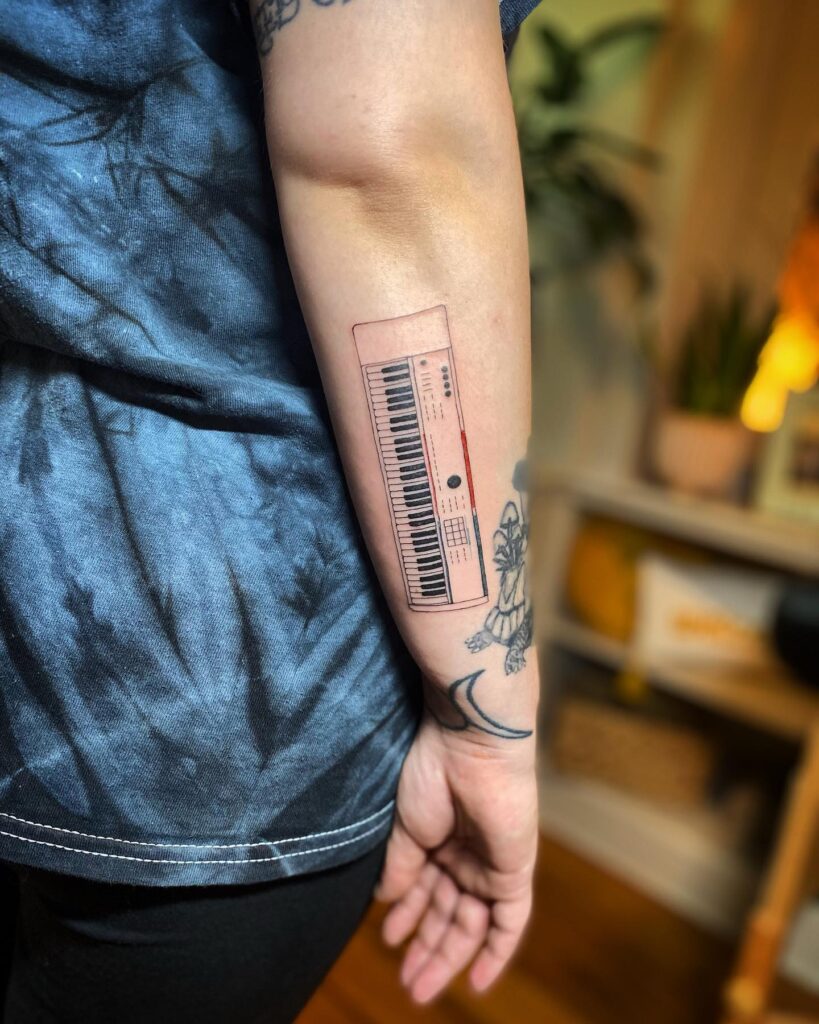
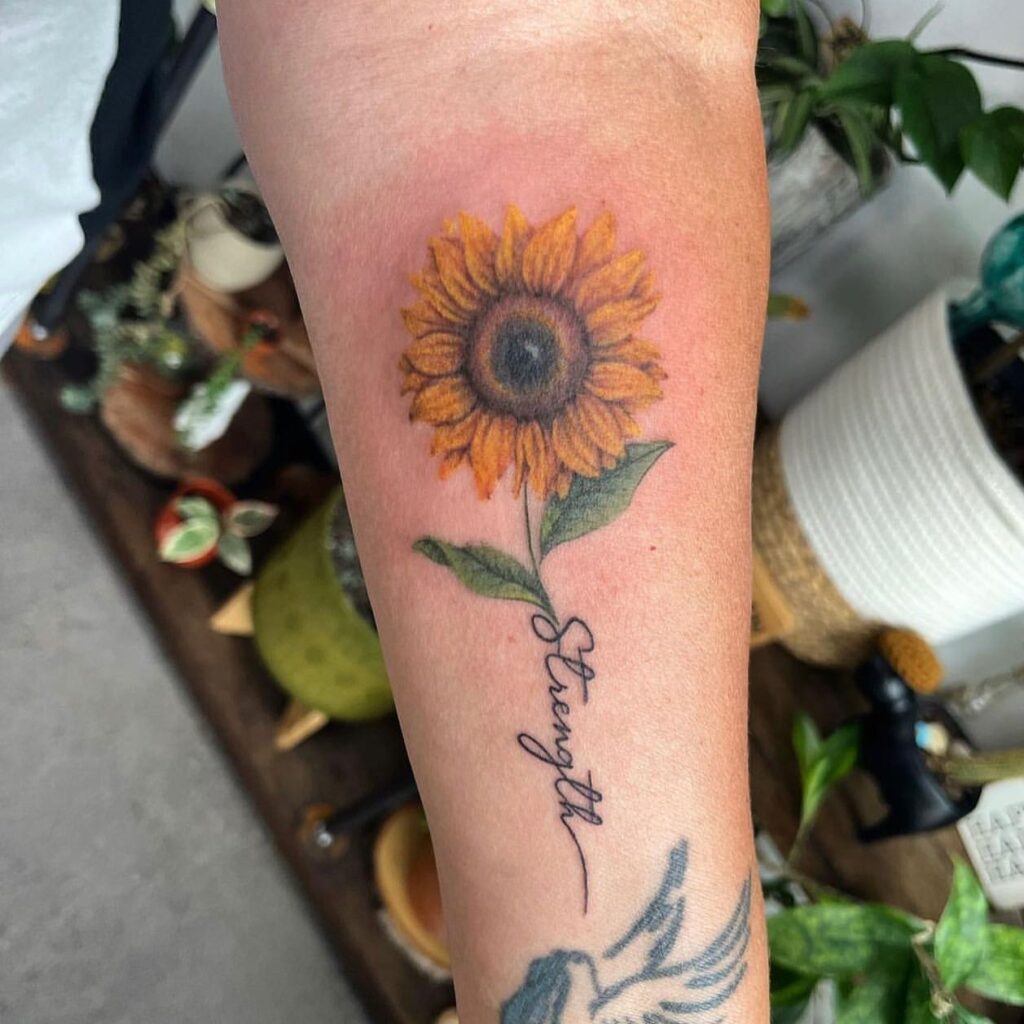
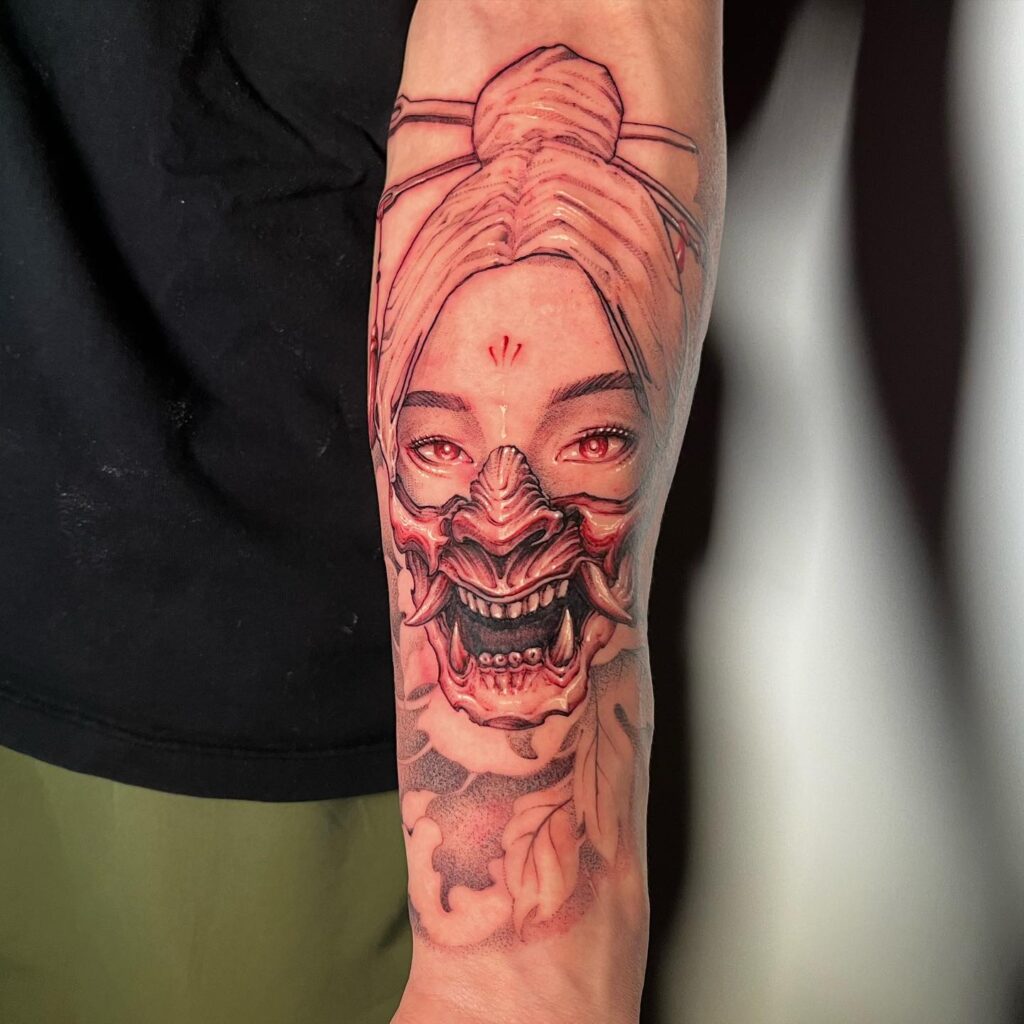
Definition and parameters of Forearm tattoos
A forearm tattoo is specifically inked on the skin of the forearm, which is the part of the arm between the elbow and the wrist. This location provides a visible and spacious area for various tattoo designs, allowing for expressive and versatile artworks.
Forearm tattoos can cover the entire forearm or be smaller, occupying a specific section of the arm. The size, placement, and design of forearm tattoos can vary depending on personal preferences and the expertise of the tattoo artist.
Historical context of Forearm tattoos
Throughout history, tattoos on the forearm have held significant cultural and symbolic meanings. In ancient civilizations, such as the Egyptians and the Maori people of New Zealand, tattoos on the forearm often represented social status, achievements, or tribal affiliations.
In more recent history, forearm tattoos gained popularity among sailors and military personnel. These tattoos served as a form of identification, denoting their rank or unit. Over time, forearm tattoos transitioned from being primarily associated with the military to becoming a popular choice among individuals seeking self-expression and personal symbolism.



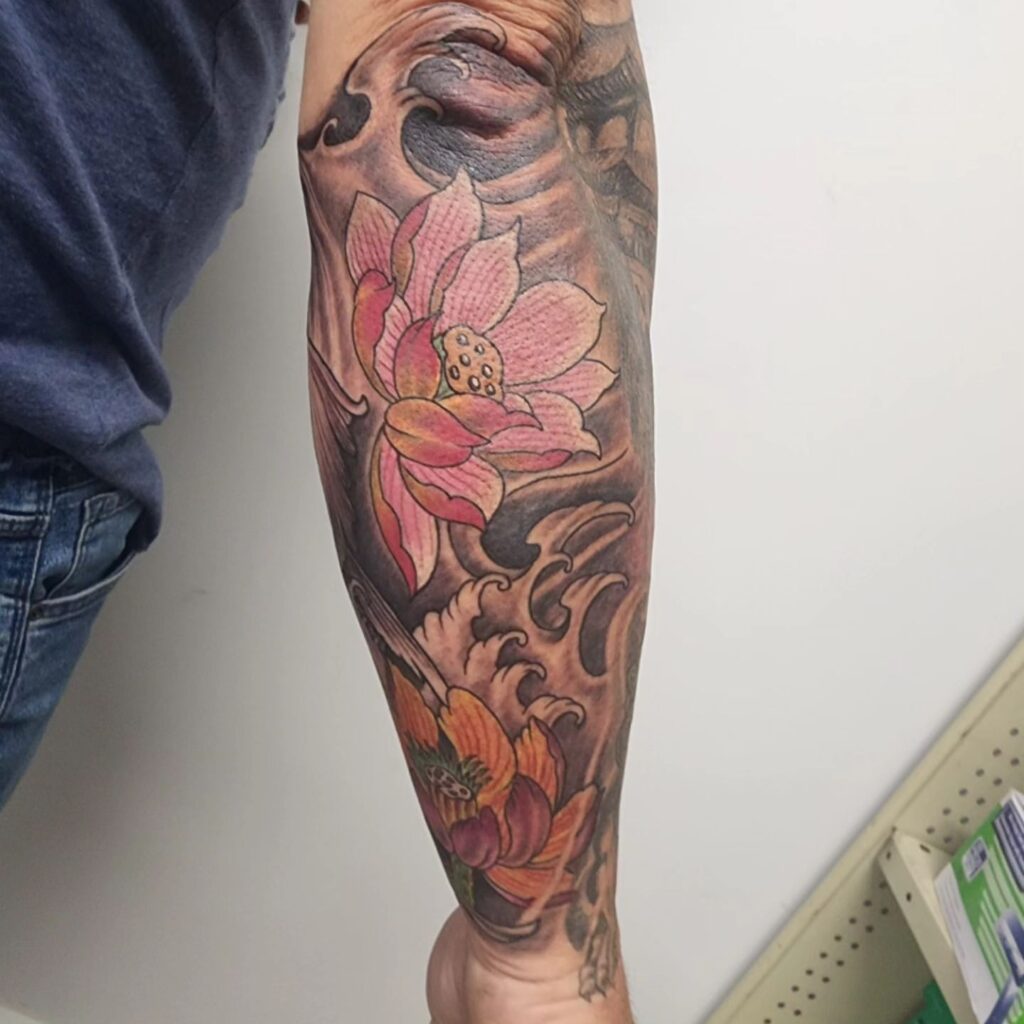
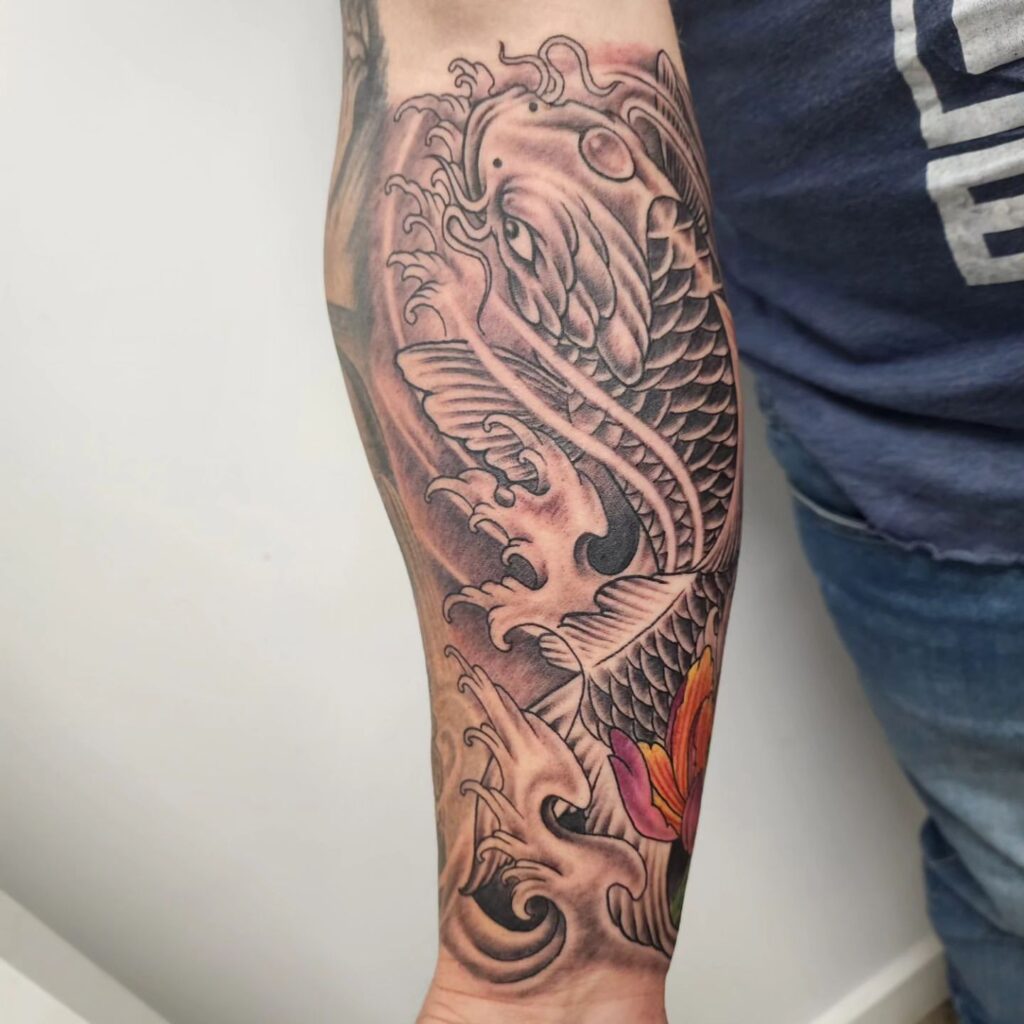
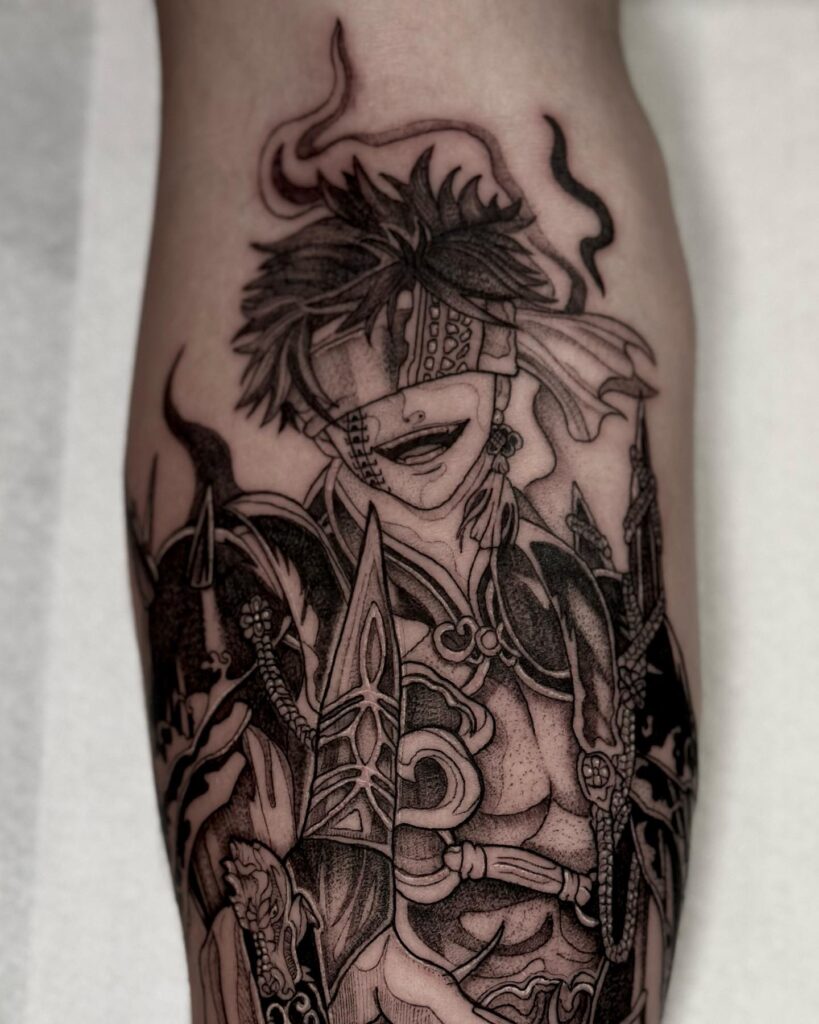
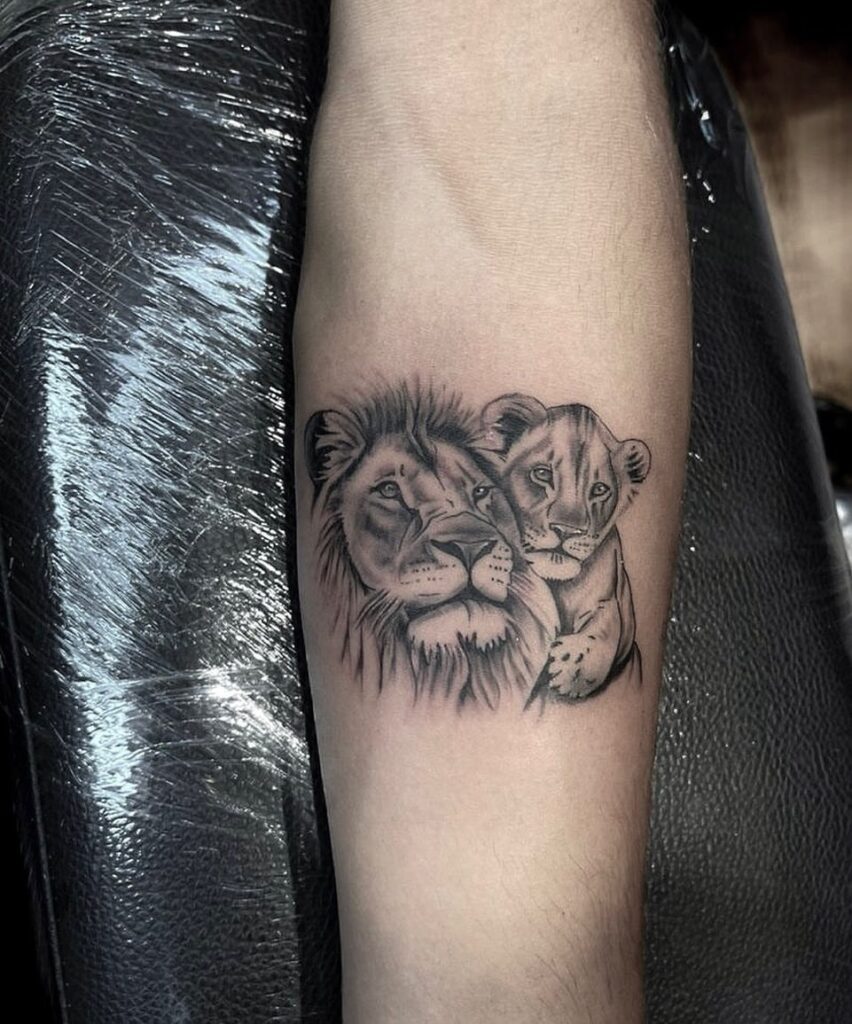
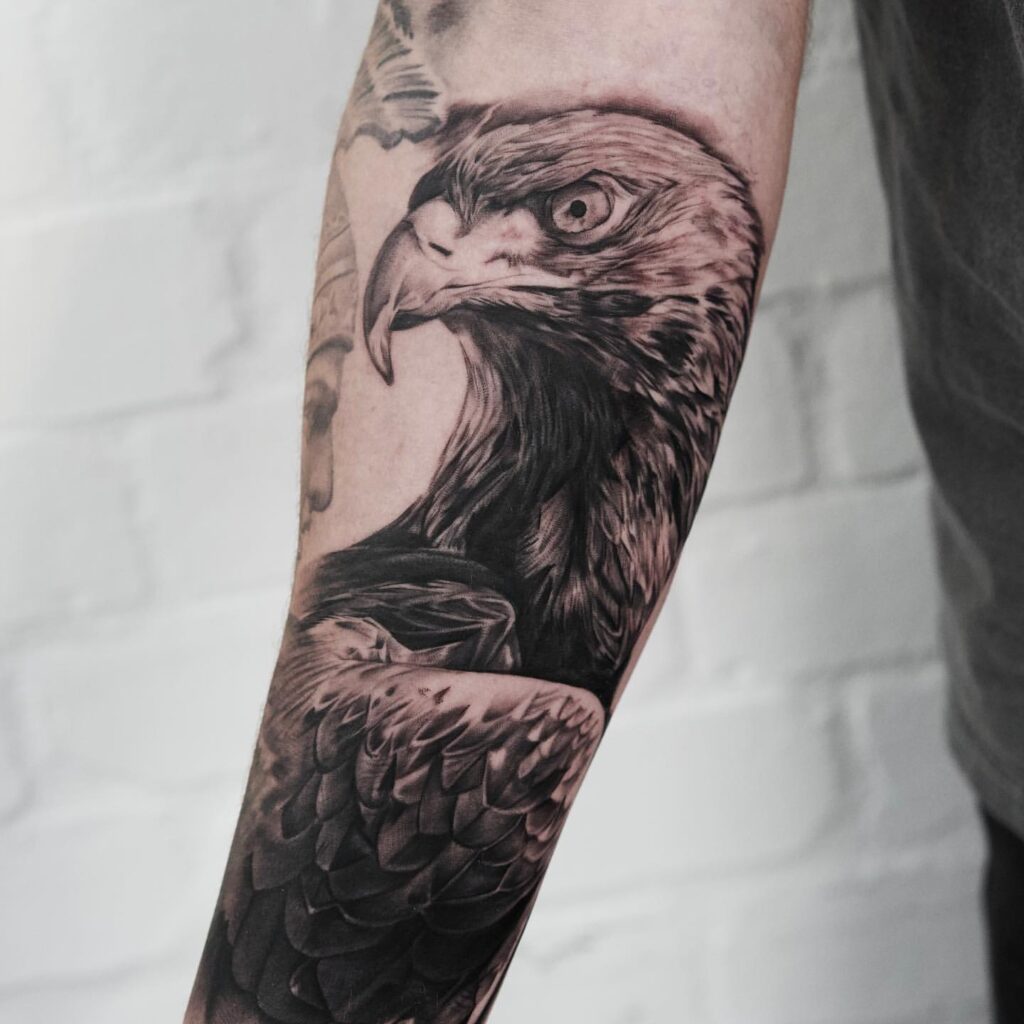
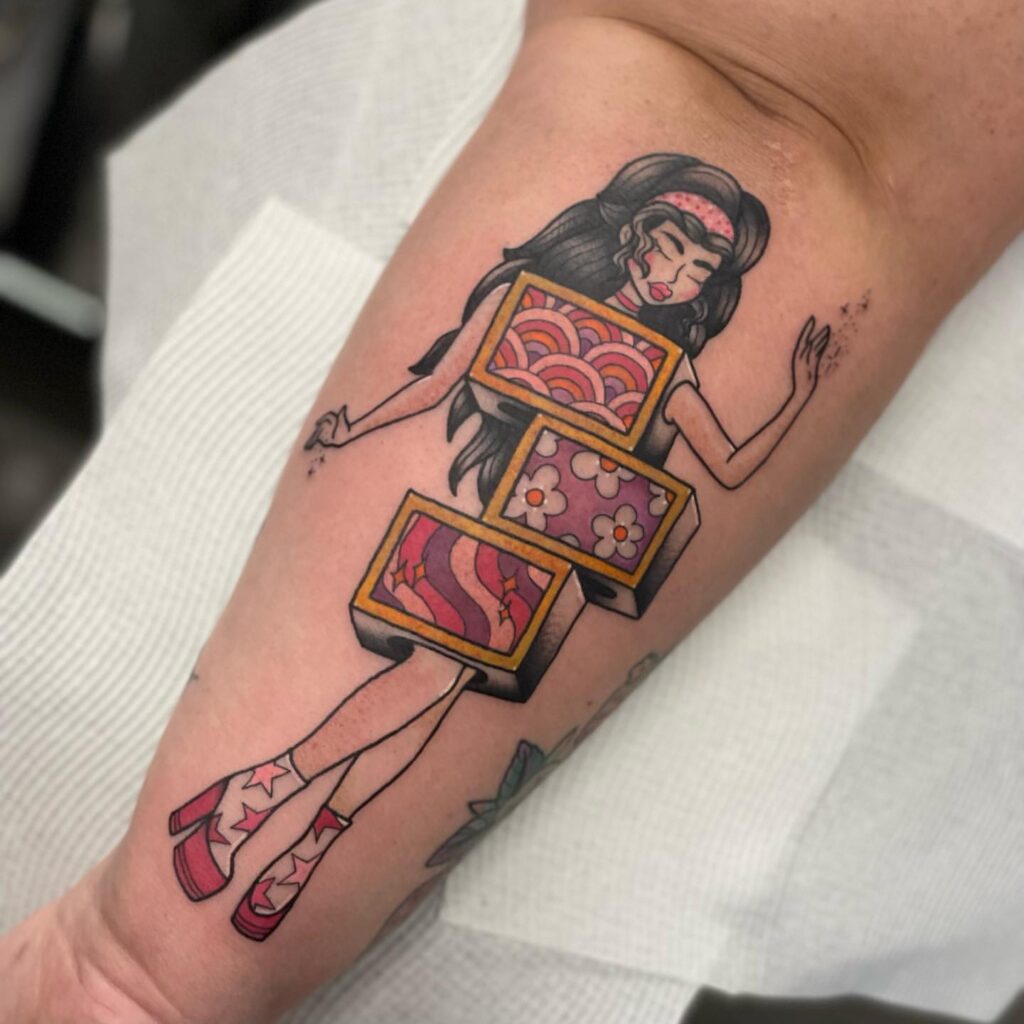
Cultural influence in Forearm tattoos
Forearm tattoos have been influenced by various cultures, each offering unique design elements and symbolism. For instance, Japanese-inspired forearm tattoos often feature traditional motifs like koi fish, cherry blossoms, and dragons. These designs symbolize strength, resilience, and transformation.
In Celtic cultures, forearm tattoos may incorporate intricate knotwork and symbols representing eternal love and connection. Meanwhile, Maori-inspired forearm tattoos may showcase bold and angular patterns known as “koru,” which symbolize new beginnings and personal growth.
The cultural influence in forearm tattoos allows individuals to honor their heritage, connect with specific symbols, or simply appreciate the aesthetic beauty of different artistic styles.
Reasons to Choose Forearm Tattoos
Forearm tattoos have become increasingly popular for several reasons. From their visibility and expressiveness to the pain tolerance and ease of procedure, there are plenty of factors to consider in favor of forearm tattoos.
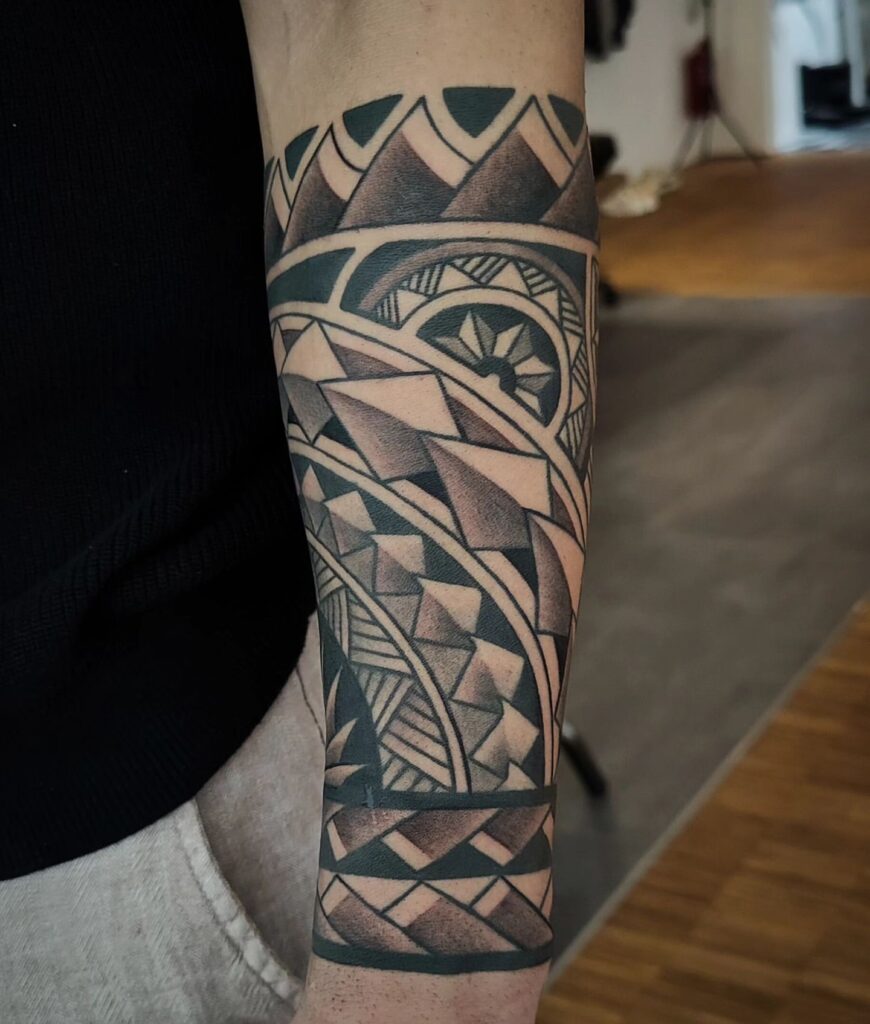
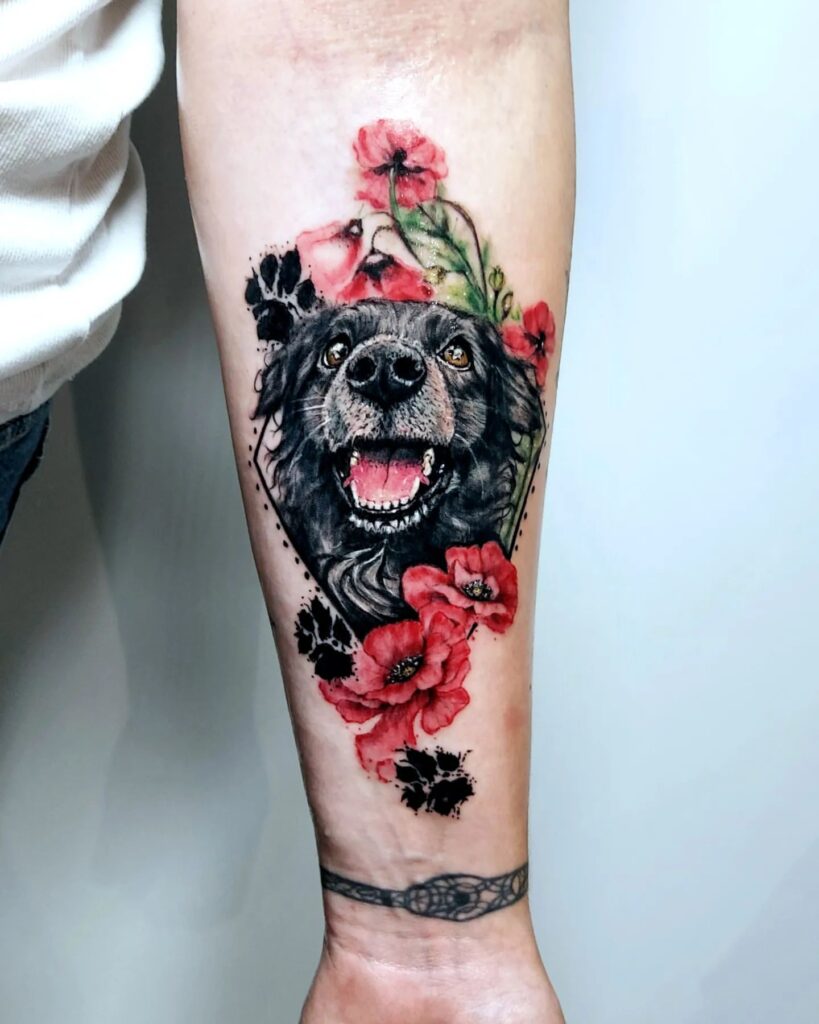
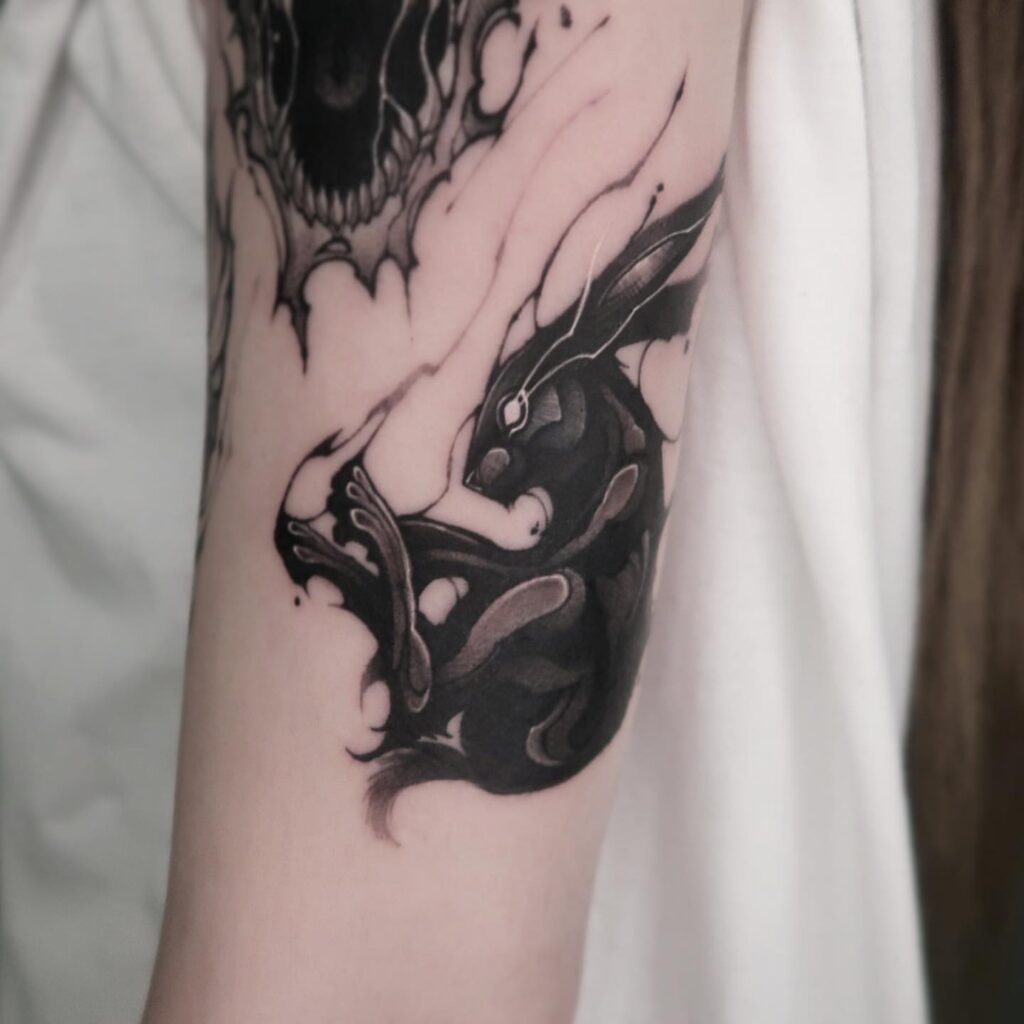
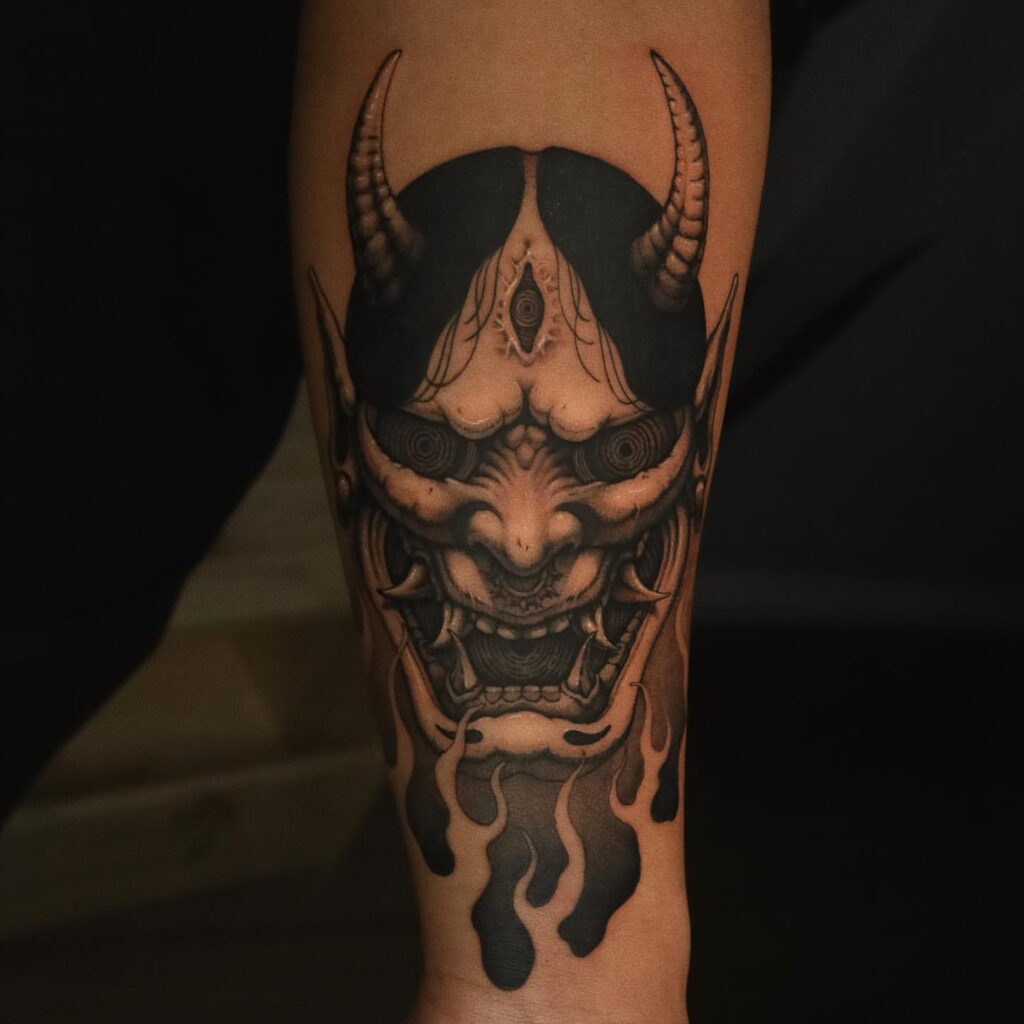

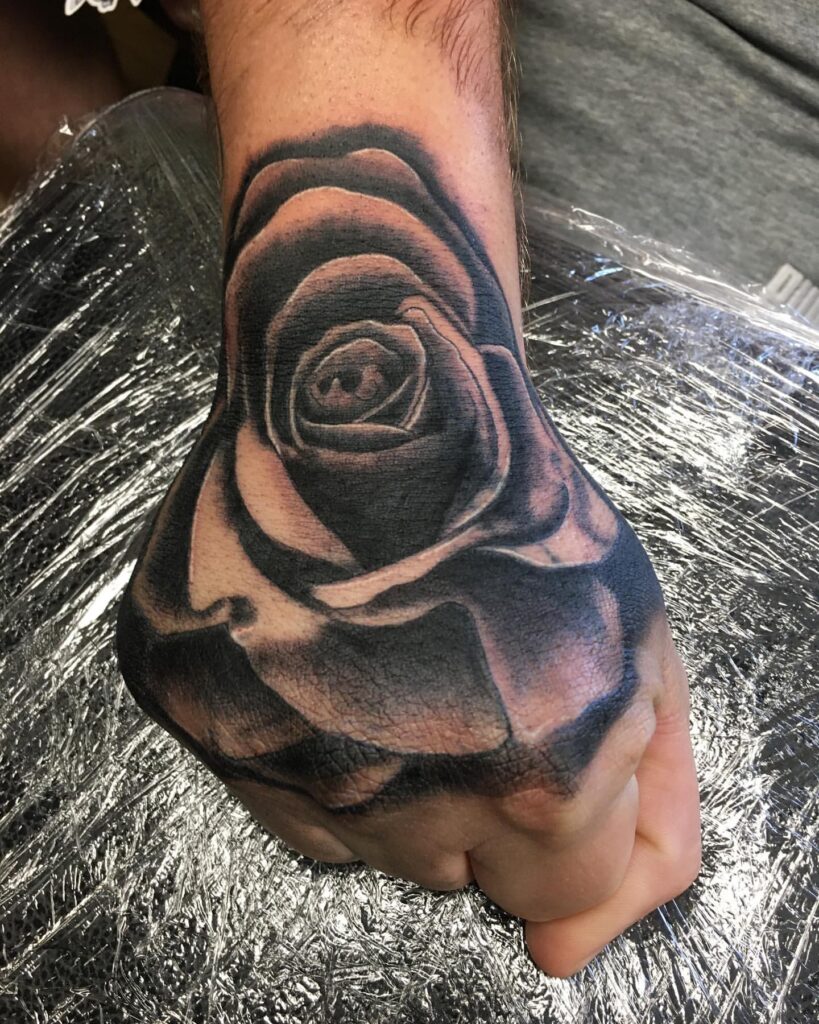
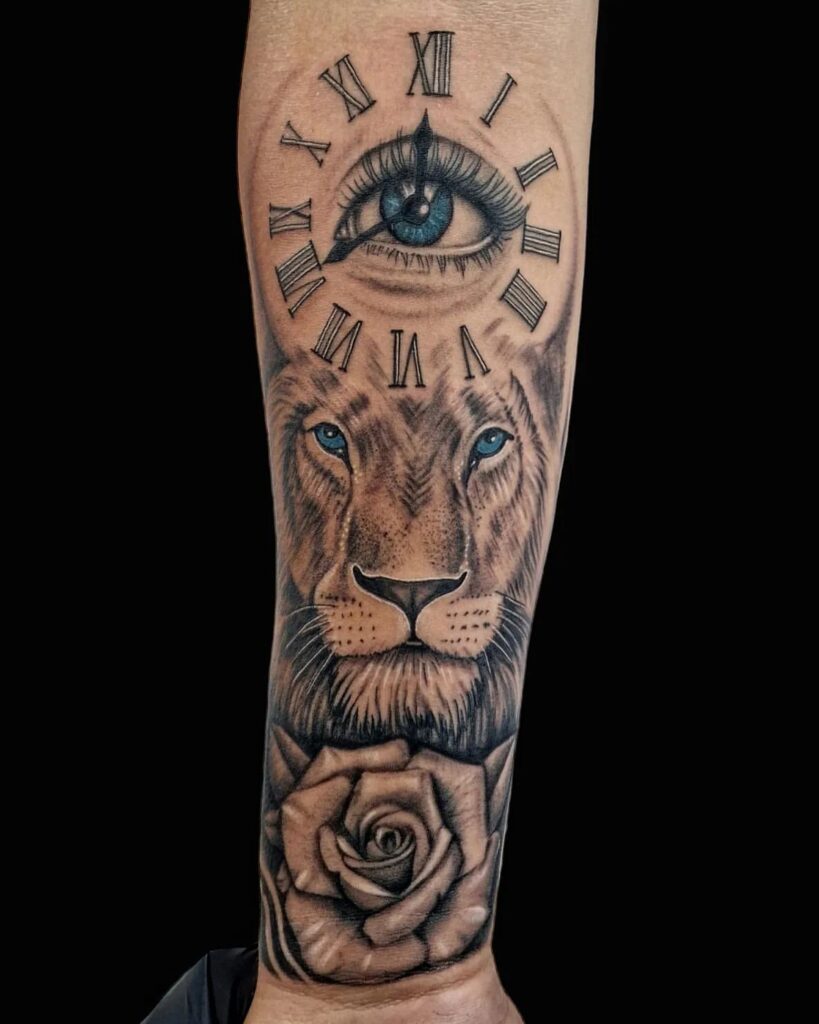
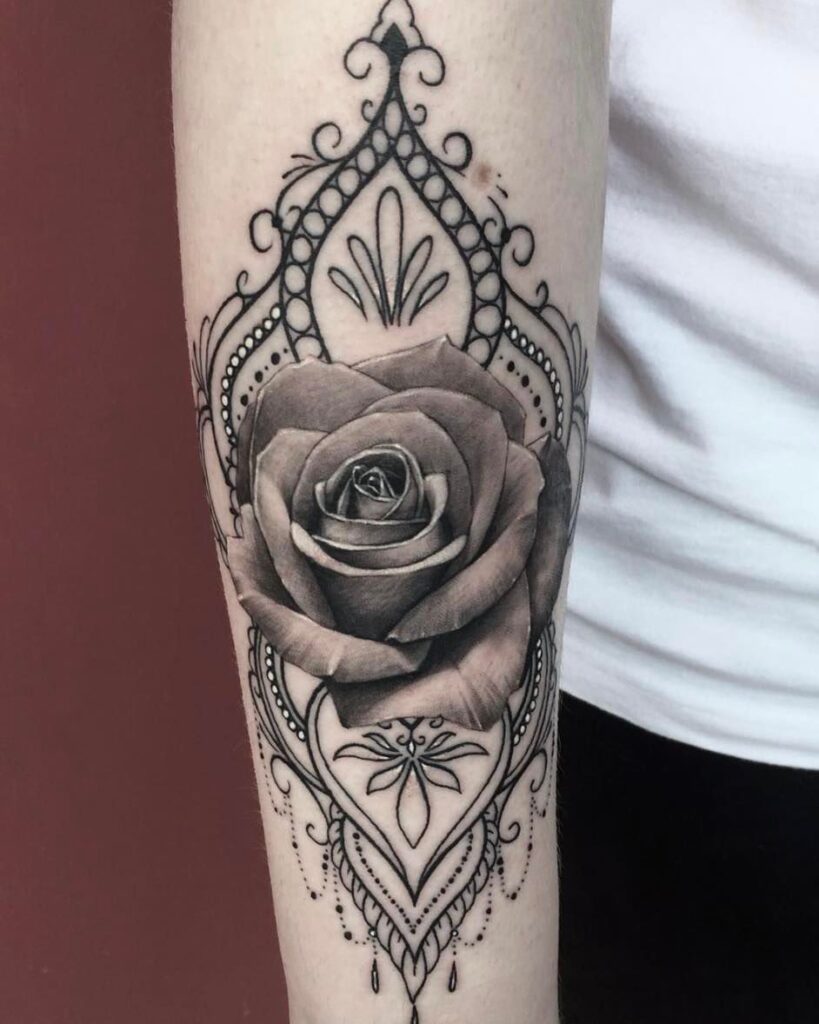
Visibility and expressiveness
One of the main advantages of forearm tattoos is their visibility. Unlike tattoos on other parts of the body, forearm tattoos are easily seen and can be displayed or hidden by simply rolling up or down a sleeve. This visibility allows individuals to showcase their tattoo art and express themselves more freely.
Whether you want to share a meaningful design or simply appreciate the visual impact of a well-crafted tattoo, the forearm provides a prominent canvas to do so. It also allows for convenient customization and the ability to add more tattoos in the future if desired.
Pain tolerance and ease of procedure
Forearm tattoos are often considered less painful compared to tattoos on more sensitive areas, such as the ribs or the back of the knees. The forearm has a higher concentration of muscle and tissue, which can help to absorb some of the sensation during the tattooing process.
Additionally, the relatively flat surface of the forearm makes it easier for tattoo artists to create intricate designs. The ease of procedure can result in a smoother and more enjoyable tattoo experience for those who may be nervous about pain or discomfort during the process.
Variety and design potential
The forearm’s size and shape offer ample space for a wide range of tattoo designs. From small and minimalistic symbols to larger, detailed artworks, the forearm allows for versatility in design choices.
Whether you envision a vibrant floral design, an elaborate geometric pattern, or a meaningful quote, the forearm can accommodate a broad spectrum of design styles. The wide range of design potential in forearm tattoos ensures there is something unique and personal for everyone.
Designing Your Forearm Tattoo
Designing your forearm tattoo involves careful consideration of various factors, including tattoo design elements, symbolism, and personal themes. With the wealth of options available, it’s important to create a design that resonates with you and represents your individuality.
Understanding tattoo design elements
Before designing your forearm tattoo, familiarize yourself with the basic elements of tattoo design. These elements include line, shape, form, color, and texture. Each element plays a crucial role in the overall visual impact of your tattoo.
For example, the use of bold, flowing lines can create a sense of movement and fluidity in a design. Organic shapes, like flowing waves or leaves, can contrast with geometric shapes to create a unique aesthetic. By understanding these design elements, you can work alongside your tattoo artist to create a visually stunning forearm tattoo.
Using symbolism and personal themes
Incorporating symbolism and personal themes into your forearm tattoo can add depth and meaning to the design. Symbols can represent various aspects of your life, such as love, strength, family, or spirituality. Consider elements that hold personal significance and discuss them with your tattoo artist to incorporate them into the design.
For example, if you value the concept of growth and transformation, a tree or a butterfly could be incorporated into your forearm tattoo. Exploring different symbols and their meanings can help create a design that resonates with your individual journey and values.
Top-rated design ideas for Forearm tattoos
If you’re seeking design inspiration for your forearm tattoo, consider some of the top-rated ideas that have gained popularity in recent years. Some popular choices include:
- Geometric patterns: Clean lines, intricate symmetry, and geometric shapes can create visually striking forearm tattoos.
- Nature-inspired designs: Floral motifs, animals, and landscapes can bring a touch of nature to your forearm and enable a connection with the environment.
- Script tattoos: Elegant and meaningful quotes, names, or words are commonly chosen for forearm tattoos.
- Abstract art: Bold and abstract designs allow for creative expression and can be customized to represent emotions or personal experiences.
Remember, it’s crucial to work closely with your tattoo artist to refine your chosen design idea and ensure it translates well onto your forearm.
Role of color and shading in Forearm tattoos
Color and shading play an essential role in bringing a forearm tattoo to life. The use of color can add depth, vibrancy, and visual interest to a design. From vibrant hues to subtle shades, color choices should align with your personal style and the overall theme of the tattoo.
Shading techniques, such as stippling or hatching, can enhance the dimensionality of a forearm tattoo. Shadows and highlights contribute to the overall realism or stylistic effect of the design. Discussing color palettes and shading preferences with your tattoo artist will ensure the final result is an accurate representation of your vision.
Effects of Forearm Tattoos on Professionalism
While forearm tattoos offer a visually appealing and meaningful form of self-expression, it’s essential to consider their potential impact on professionalism, particularly in the workplace.
Understanding public perception
Public perception of tattoos has evolved over the years, and what was once viewed negatively is now more widely accepted. However, differing perceptions still exist, depending on the cultural context and the specific industry.
Forearm tattoos are generally more visible compared to tattoos on other parts of the body. This visibility can draw attention, and individuals may form judgments or assumptions based on the presence of visible tattoos. Recognizing that public perception may be influenced by personal biases or cultural norms can help you navigate the impact of forearm tattoos on professionalism.
Impact to job hiring and workplace
It’s important to be aware that some employers may have policies regarding visible tattoos in the workplace. Certain industries, such as finance or law, may adhere to more conservative appearance standards.
Before getting a forearm tattoo, research the policies of your current or prospective employer. While some organizations may have no restrictions on visible tattoos, others may require employees to cover them during work hours. Consider how these policies align with your desired career path.
How to handle negative stereotypes
Despite increasing acceptance of tattoos in society, negative stereotypes may still exist in some circles. If you encounter prejudice or judgment due to your forearm tattoo, it’s essential to respond with professionalism and confidence.
Educate others about the meaning behind your tattoo and the personal significance it holds for you. Share the positive aspects of tattoos as a form of self-expression and creativity. By engaging in open and respectful conversations, you may help challenge stereotypes and foster a deeper understanding and acceptance of forearm tattoos.
Chronicles of Healing and Care
Once you’ve gotten your forearm tattoo, it’s crucial to understand the healing process and the necessary care regimen to ensure proper healing and longevity of your artwork.
Post-tattoo care regimen
Immediately after getting a forearm tattoo, your tattoo artist will cover the freshly inked area with a protective bandage or wrap. It’s essential to follow their instructions for how long to keep the wrap on and how to clean and care for the tattoo during the initial healing phase.
Proper care typically involves gently washing the tattooed area with mild soap and lukewarm water. After washing, pat the area dry with a clean towel and apply a thin layer of recommended ointment or moisturizer to keep the skin hydrated.
During the healing process, it’s crucial to avoid exposing your tattoo to direct sunlight, excessive sweating, swimming in pools or natural bodies of water, and tight clothing that may rub against the tattooed area.
Timeframe for healing
The healing time for forearm tattoos can vary from person to person but typically takes around two to four weeks. During this period, your tattoo will go through various stages, including scabbing, peeling, and fading. It’s important to resist the urge to pick or scratch at the tattooed area, as this can lead to complications or affect the final outcome of the tattoo.
Follow the aftercare instructions given by your tattoo artist and consult them if you notice any signs of infection or abnormal healing. Remember, patience is key during the healing process, and taking care of your tattoo ensures its longevity and vibrancy.
Maintenance of custom tattoos over time
Maintaining the appearance of your forearm tattoo requires ongoing care and protection. Keep in mind that tattoos may fade or blur over time due to factors such as sun exposure, aging, and the natural regeneration of skin cells.
To preserve your tattoo’s quality, it’s important to apply sunscreen with a high SPF to the tattooed area whenever it is exposed to sunlight. Additionally, moisturizing the tattooed area regularly can help keep the skin hydrated and prevent excessive fading.
If you notice significant fading or deterioration of your forearm tattoo, consider consulting your tattoo artist for touch-ups or modifications to restore its beauty and vibrancy.
Considering the Pain of Forearm Tattoos
When getting a forearm tattoo, it’s natural to wonder about the pain associated with the process. While everyone’s pain tolerance varies, understanding the factors that influence the level of discomfort can help you prepare mentally and physically.
Ouch factor – Does it hurt?
The pain level experienced during a forearm tattoo largely depends on several factors, including individual pain tolerance, the artist’s technique, and the specific location on the forearm. Generally, the forearm is considered to be a relatively less painful area for tattoos due to the higher concentration of muscle and tissue.
However, it’s important to note that pain thresholds are subjective, and what may be tolerable for one person may be more intense for another. Fortunately, many people find the pain level manageable, and the end result of a beautiful forearm tattoo makes the temporary discomfort worthwhile.
Dealing with pain during tattooing
To manage pain during the tattooing process, there are a few strategies you can employ:
- Communicate with your tattoo artist: Inform your tattoo artist if you’re experiencing significant discomfort. They can adjust their technique or take breaks during the process to make it more manageable for you.
- Mindfulness and relaxation techniques: Focus on deep breathing, meditation, or visualization techniques to help distract from the pain sensation.
- Numbing cream or sprays: Topical numbing products are available that can help reduce discomfort during the tattooing process. Discuss these options with your tattoo artist before the appointment.
Remember, pain is an individual experience, and what works for one person may not work for another. Open communication with your tattoo artist is crucial to ensure the best possible experience.
Aftercare and pain management
After getting a forearm tattoo, it’s normal for the tattooed area to feel tender, sore, or even mildly painful. However, the discomfort is usually temporary and can be managed with proper aftercare.
Your tattoo artist will provide you with specific aftercare instructions, including applying a recommended ointment or moisturizer to keep the skin hydrated and minimizing irritation. Following these instructions diligently will not only aid in healing but also alleviate any pain or discomfort associated with the tattoo.
Should you experience prolonged or severe pain, redness, swelling, or signs of infection, it’s important to consult a healthcare professional for further evaluation and treatment.
Cost of Forearm Tattoos
The cost of forearm tattoos can vary significantly depending on several factors, including the size, complexity of the design, the expertise of the tattoo artist, and geographical location. Understanding the pricing structure and considering additional costs is essential when budgeting for your forearm tattoo.
The pricing structure for tattoos
Typically, tattoo artists charge based on an hourly rate or provide a fixed price for the entire tattoo, depending on their preferred pricing structure. Hourly rates can range from $100 to $300 or more, depending on the artist’s level of skill and experience.
For larger and more intricate forearm tattoos, an artist may provide a fixed price estimate based on the estimated time required to complete the design. It’s important to discuss pricing options with your chosen tattoo artist and ensure you are comfortable with the agreed-upon price before the tattooing process begins.
How size, complexity, and artist influence cost
The size and complexity of a forearm tattoo are significant factors that impact the final cost. Larger and more detailed designs require more time and effort to complete, resulting in higher costs. Tattoo artists often consider the level of intricacy and the amount of custom design work required when providing a price estimate.
The expertise and reputation of the tattoo artist also contribute to the overall cost. Highly skilled and renowned tattoo artists may command higher prices due to their experience and demand.
When budgeting for a forearm tattoo, it’s important to consider your design preferences, the estimated time required, and the associated cost. This will help you make an informed decision and avoid any financial surprises.
Additional costs to consider
Apart from the tattoo artist’s fee, there may be additional costs associated with getting a forearm tattoo. These can include:
- Consultation fees: Some tattoo artists may charge a consultation fee for discussing design ideas, customizations, or making adjustments to the initial concept.
- Deposit: Many tattoo artists require a deposit to secure an appointment. This deposit is often non-refundable and deducted from the final cost of the tattoo.
- Travel expenses: If you are considering a tattoo artist from a different city or country, you may need to factor in travel expenses such as transportation, accommodation, and meals.
- Aftercare products: Proper aftercare is crucial to ensure the healing and longevity of your forearm tattoo. You may need to purchase specific ointments, creams, or moisturizers recommended by your tattoo artist.
Considering these potential extra costs during your budgeting process will help you plan accordingly and ensure a smooth and enjoyable tattoo experience.
Choosing the Ideal Tattoo Artist
Selecting the right tattoo artist is essential to ensure a positive and satisfying tattooing experience. The following considerations will help you find an artist who can bring your forearm tattoo vision to life.
Credentials to look for in a tattoo artist
When researching tattoo artists, it’s important to consider their credentials and professional background. Look for artists who have:
- A valid tattoo license reflecting compliance with local health regulations and safety standards.
- A portfolio showcasing their skills and style. Evaluate their portfolio to determine if their artistic style aligns with your vision.
- Positive reviews and recommendations from previous clients. Online platforms and social media can provide valuable insights into an artist’s reputation and quality of work.
Finding specialist artists for specific design styles
Tattoo artists often specialize in specific design styles or techniques. If you have a specific design style in mind for your forearm tattoo, consider seeking out artists who excel in that particular style.
Research artists who have consistently delivered exceptional work in your desired style. This ensures that the artist understands the intricacies and nuances of the chosen style, resulting in a high-quality and visually appealing forearm tattoo.
Ensuring safety and hygiene practices
Tattooing involves piercing the skin, making it crucial to choose an artist who prioritizes safety and hygiene. When visiting a tattoo studio, consider the following factors:
- Cleanliness: Ensure that the studio is clean and well-maintained. Observe how the artist and staff handle equipment and maintain a sterile environment.
- Sterilization practices: Ask about the studio’s sterilization procedures for equipment, needles, and work surfaces. Reputable studios follow strict sterilization protocols to minimize the risk of infections.
- Health regulations: Confirm that the studio is licensed and compliant with local health regulations. This ensures that the artist follows established safety standards and guidelines.
Selecting a reputable and skilled tattoo artist guarantees not only a safe tattooing experience but also a forearm tattoo that meets your expectations and stands the test of time.
Pros and Cons of Forearm Tattoos
Before committing to a forearm tattoo, it’s important to consider both the benefits and potential downsides. Here are some pros and cons to help you make an informed decision.
Benefits of having Forearm tattoos
- Showcase personal expression: Forearm tattoos provide a visible canvas to express your creativity, passions, and personal values.
- Versatility in design: The larger canvas of the forearm allows for various design styles and flexibility in customization.
- Accessible for self-enjoyment: The visibility of forearm tattoos allows you to appreciate and enjoy your artwork more easily.
- Potential conversation starters: Forearm tattoos often attract attention and can serve as a way to initiate conversations and share personal stories or meanings.
Potential downsides and how to mitigate them
- Professional considerations: Some employers may have restrictions on visible tattoos, potentially impacting job opportunities. Research company policies and consider covering tattoos during work hours if necessary.
- Permanence: Forearm tattoos are permanent, and while cover-ups and modifications are options, it’s important to carefully consider the longevity and potential changes in personal preferences.
- Public perception: Negative stereotypes surrounding tattoos still exist in certain environments. While progress is being made, be prepared to handle judgment or bias with confidence and education.
By weighing the pros and cons and understanding the potential impact of forearm tattoos, you can make an informed decision that aligns with your personal values, lifestyle, and aspirations.
Removing or Modifying Forearm Tattoos
While getting a forearm tattoo is a significant commitment, it’s important to know that there are options available for removal or modification if desired. Here’s what you need to know about these processes.
Methods for removing tattoos
Tattoo removal methods have significantly advanced over the years. The most common methods include:
- Laser removal: This is the most popular and effective option for tattoo removal. Laser devices emit high-intensity beams of light that break down the tattoo pigment, allowing the body’s immune system to gradually eliminate the ink. Multiple sessions may be required to achieve the desired effect.
- Surgical removal: Surgical excision involves physically removing the tattooed skin. This method is typically used for small tattoos but may result in scarring.
- Dermabrasion: This process uses a high-speed rotary device or abrasive materials to “sand” off the top layers of the skin, removing the tattoo ink. Dermabrasion may cause temporary discomfort and requires healing time.
Cost and timeline of tattoo removal
The cost of tattoo removal varies depending on factors such as the size, color, and age of the tattoo, as well as the chosen removal method. Laser removal sessions can range from $200 to $500 or more per session.
Tattoo removal is not an instantaneous process, and multiple sessions are often required to achieve significant fading or complete removal. The timeline varies depending on the individual’s response to the treatment and the size and complexity of the tattoo.
Alternatives to removal: Tattoo modifications and cover-ups
If complete tattoo removal isn’t desired, there are alternative options to modify or cover up a forearm tattoo. Skilled tattoo artists can work with you to create a new design that incorporates and transforms the existing tattoo.
Cover-up tattoos involve strategically designing a new tattoo to camouflage the existing one, effectively altering its appearance. Choosing an experienced artist who specializes in cover-ups is crucial to ensure a successful result.
Modifications can be made to an existing forearm tattoo by adding or altering certain elements to refresh its appearance. With careful consideration and collaboration with a skilled artist, modifications can transform an old design into something new and exciting.
While it’s essential to carefully consider the design, placement, and long-term commitment of a forearm tattoo, it’s equally important to know that options are available should you decide to modify or remove it in the future.
In conclusion, forearm tattoos provide a visible and expressive form of self-expression. From understanding the historical context and cultural influences to designing the perfect tattoo and considering the potential impact on professionalism, there are many factors to consider before getting a forearm tattoo. Remember to choose a reputable and skilled tattoo artist, adhere to proper aftercare instructions, and weigh the pros and cons to ensure a successful and satisfying tattooing experience.


